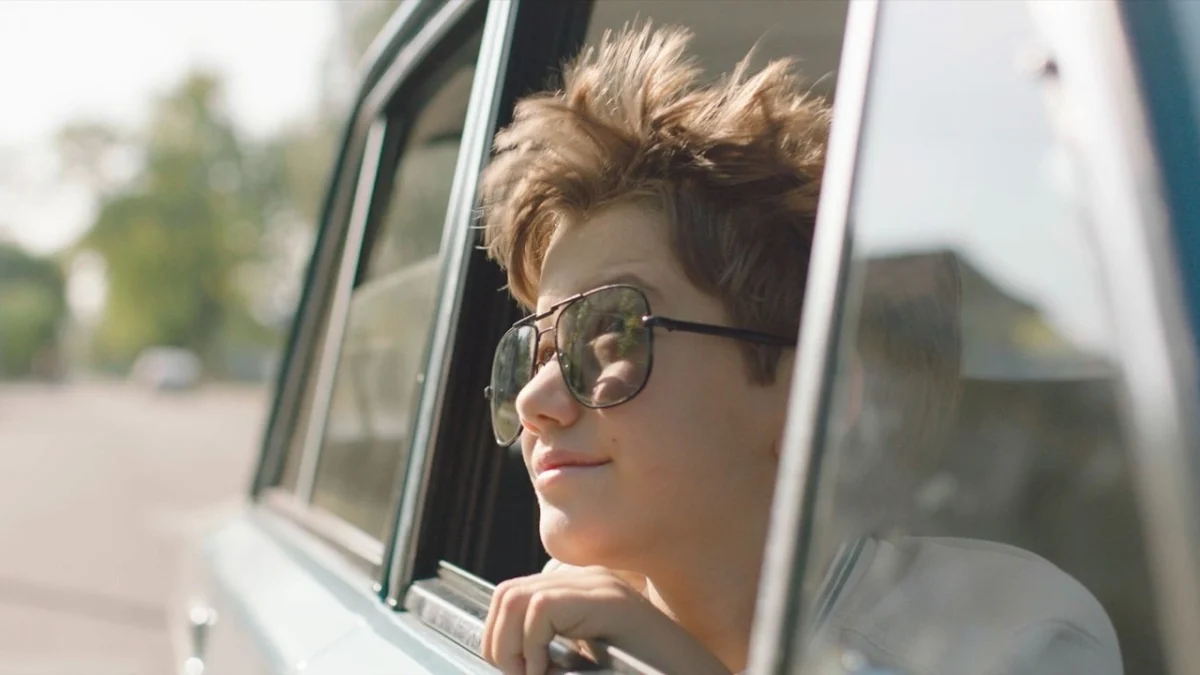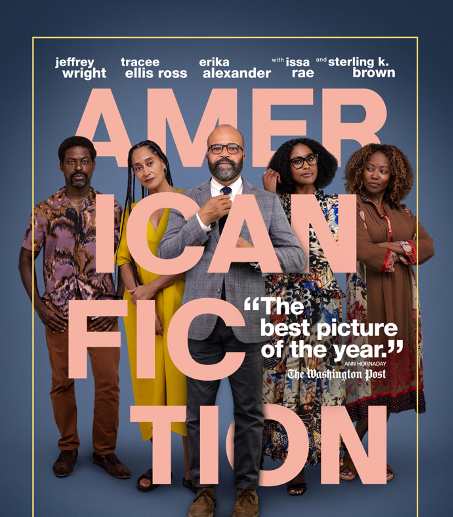Named after one of his well-known poems, the film “Bright Star” is based on the true story of John Keats, an English poet in the Romantic movement, as seen through the eyes of his love, Miss Fanny Brawne.
The story follows Fanny through the relationship she had with Keats, beginning with their first meeting in London in 1818. Fanny is a young fashionista who meets Keats at the home of a family friend. Although focused on her sewing and an eager participant at local dances, Fanny finds herself drawn to the quiet Keats.
Keats and Fanny engage in a relationship deemed both scandalous and forbidden, due to the difference in class between the two. As Fanny’s mother says, “Mr. Keats knows he cannot like you; he has no living and no income.”
The film is essentially a romantic drama, as expected when depicting the life of a famous romantic poet. While the story is neither original (lovers separated by class), nor particularly exciting (all Keats does is recite his poems), the movie is a charming film with a tragic end.
What the story lacks in originality, but the stunning portrayals by the actors and the excellent visual composition of the piece surely make up for it.
Abbie Cornish (Fanny Brawne) and Ben Whishaw (John Keats) capture the essence of the two lovers. There is little dialogue in the film apart from Keats’ verses woven indistinguishably into the story. Instead, Cornish, through her youthful exuberance, and Whishaw, with his thoughtful contemplation, rely on the power of nonverbal communication. The emotions that the actors emit are so believable that one can literally feel the heartbreak of Fanny and the dooming mortality of Keats.
Cornish explores the idea of Fanny as an artist in her own right. While Keats expresses himself with his quill, Fanny uses her needle to produce marvelous dresses that speak of her feelings. Her ever-changing wardrobe, consisting of frills, buttons and vibrant reds, describes Fanny in a way that is never expressed through dialogue. The transition to a more subdued palate and a reduction in accessories emphasizes the evolution of her character as she falls in love with Keats.
Meanwhile, Whishaw is given the daunting task of portraying John Keats, one of the best English writers ever known. Keats is a tragic character, who, after facing the death of his mother and brother from tuberculosis, is an unsuccessful, penniless poet who is facing difficulty selling his books. Thus, when he discovers the enchanting Fanny Brawne, he has nothing but his beautiful words to woo her with. Whishaw, a thin slip of a man, delivers his words with an endearing beauty that makes them seem perfectly suited to that situation.
Casting Director Nina Gold, whose previous work includes the HBO series “Rome” as well as “The Illusionist,” once again worked her magic when selecting the cast for “Bright Star.” In addition to Cornish and Whishaw, Paul Schneider, from “Parks and Recreation” and “Lars and the Real Girl,” and young Thomas Sangster, of “Nanny McPhee” and “Phineas and Ferb,” round out the cast in admirable dramatic roles. Each actor carries the look of the time period well, lending a realistic feel to the film as a whole.
The visual imagery within the film can only be described as a work of incomparable magnificence. Director Jane Campion, who also directed “The Piano,” instead of emphasizing the works Keats composed himself, chose to use the visual elements from the film as the main way of depicting beauty. The composition within the frame is carefully arranged in order to create a powerful pull that drags the eye over the entirety of the screen. Campion plays with the relationship between color and emotions, as Fanny’s outfits often reflect her current feelings; the vibrant foliage in the outdoor scenes mimic the color palate of the character’s costumes.
Campion frequently features the characters interacting with nature, specifically trees. This repetition serves to indicate the seasonal setting of the film, as well as hint at the emotional elements within the scene. During particular scenes where Keats and Fanny are at odds, the trees appear barren and even fallen – a physical manifestation of the emotional disturbance within. Conversely, when the two share a private meeting in the woods, the blooming trees envelope them in a fantastic embrace. The eternal presence of trees dwarfs the fleeting lives of the humans, and their emotions, below.
“Bright Star” is a visually masterful film with a pleasant, if tragic, storyline that, without sounding too presumptuous, is deserving of more than a few awards. Its honest portrayal of life in the 1800s and lack of typical Hollywood features (the lovers never engage in anything more than a kiss beneath the trees) carry a realistic quality that makes it memorable. “Bright Star” is well worth the price of admission to see the work of Keats come to life in this romantic drama.
Nora Drapalski can be reached at [email protected].







Angela Ludlam • Dec 3, 2021 at 5:55 pm
Hauntingly beautiful!